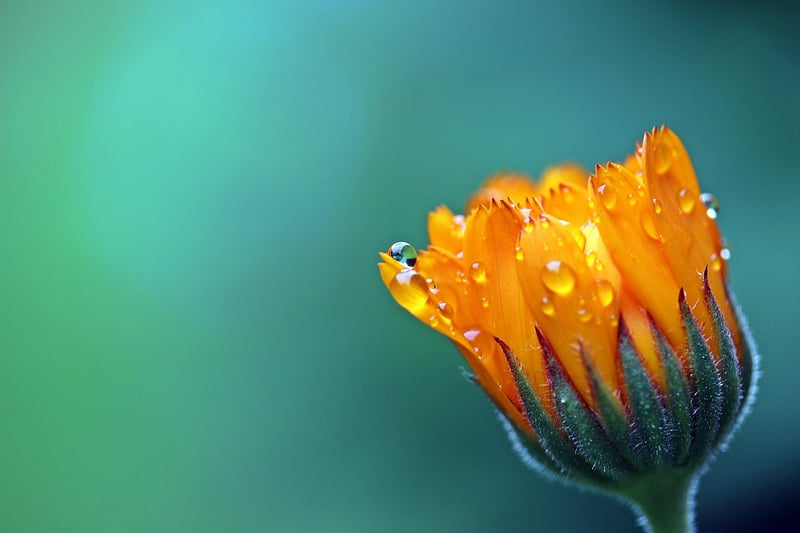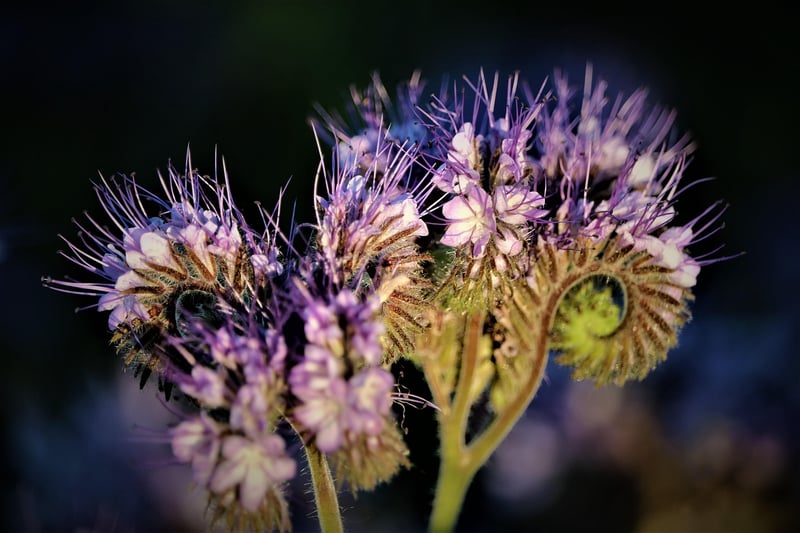Repellent Plants
#natural pest control
#pest prevention
#bug repellents
Managing Garden Pests with Repellent Plants
Gardening can be a rewarding and therapeutic hobby, but pesky pests can often wreak havoc on your plants. Instead of resorting to harmful chemicals, consider using repellent plants to naturally deter these unwanted visitors. Not only do repellent plants help protect your garden, but they also add beauty and diversity to your outdoor space.
Benefits of Repellent Plants:
- Natural pest control without chemicals
- Attract beneficial insects that prey on garden pests
- Enhance the aesthetics of your garden
- Low maintenance and cost-effective
Common Repellent Plants:
Here are some popular repellent plants that can help keep pests at bay:
- Lavender: Known for its calming fragrance, lavender repels mosquitoes, flies, and moths.
- Marigolds: These vibrant flowers deter aphids, mosquitoes, and nematodes.
- Chrysanthemums: Chrysanthemums contain pyrethrin, a natural insect repellent effective against a wide range of pests.
- Peppermint: The strong scent of peppermint deters ants, aphids, and cabbage moths.
- Garlic: Planting garlic can help repel aphids, beetles, and spider mites.
Tips for Using Repellent Plants:
- Integrate repellent plants throughout your garden to create a natural barrier against pests.
- Plant in clusters or borders to maximize their pest-repelling effects.
- Regularly prune and maintain your repellent plants for optimal performance.
- Research specific plant combinations to create a diverse and effective pest control strategy.
By incorporating repellent plants into your garden, you can protect your plants from pests while promoting a healthy and thriving ecosystem. Embrace the power of nature to maintain a beautiful and pest-free garden!

Image: Marigolds
Source